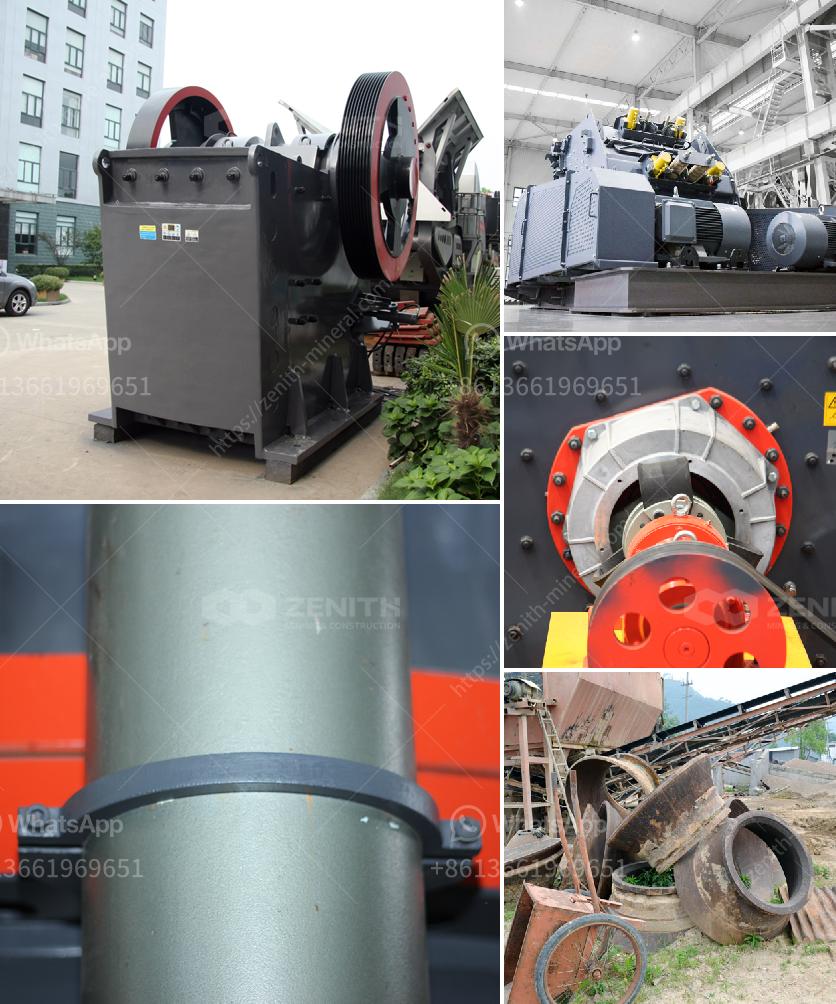Repairing a damaged ball mill shaft involves a series of detailed steps to ensure that the shaft is restored to its optimal working condition. Here’s a general guide to help you through the process:
1. Initial Assessment and Safety Precautions
- Shut Down the Mill: Ensure the mill is completely turned off and disconnected from power sources.
- Assess the Damage: Conduct a thorough inspection of the shaft to determine the extent of the damage and identify any contributing factors.
- Safety Gear: Wear appropriate personal protective equipment (PPE) including gloves, safety glasses, and steel-toed boots.
2. Removing the Shaft
- Disassemble the Ball Mill: Depending on the design, you might need to remove various components to access the shaft.
- Extract the Shaft: Carefully remove the damaged shaft from the mill, ensuring not to inflict further damage to surrounding components.
3. Cleaning and Preparation
- Clean the Shaft: Remove any dirt, grease, or debris from the shaft to get a clear view of all damaged areas.
- Inspect the Shaft: Conduct a more detailed visual and/or nondestructive examination (NDE) such as magnetic particle inspection (MPI) or dye penetrant inspection (DPI) to locate cracks and other imperfections.
4. Damage Assessment
- Determine Repair Methods: Depending on the damage, you might opt for welding, metal spraying, or machining. It could also be necessary to replace the shaft if the damage is too extensive.
- Consult Manufacturer’s Specifications: Always refer to the manufacturer's guidelines for acceptable tolerances and repair procedures.
5. Repair Process
- Welding (if applicable): Preheat the shaft if necessary to prevent warping. Use the appropriate welding technique to fill in cracks or rebuild worn-out sections.
- Machining: Post-welding, machine the shaft to restore the original dimensions and surface finish.
- Metal Spraying: For minor damages, metal spraying can build up the surface followed by machining it back to specifications.
6. Post-Repair Inspection
- Nondestructive Testing: Conduct tests like ultrasonic inspection (UT) or magnetic particle inspection (MT) to ensure the quality of the repair.
- Dimensional Check: Use precision measuring tools to verify that the shaft dimensions meet the required specifications.
7. Reassembly and Testing
- Reinstall the Shaft: Carefully reassemble the machine, ensuring that all components are reattached correctly.
- Test the Mill: Perform a trial run to verify the shaft is operating correctly and the mill functions without vibration or abnormal sounds.
8. Documentation and Monitoring
- Keep Records: Document the repair process, including all inspections and testing results.
- Regular Monitoring: Implement a routine monitoring schedule to check for any signs of wear or potential issues.
Conclusion
Repairing a ball mill shaft is a complex task that requires attention to detail, precision, and adherence to safety and manufacturer guidelines. Depending on the extent of damage, it might be more cost-effective to consider replacing the shaft instead of repairing it. Always consult with a professional engineer if in doubt about the repair procedure.


